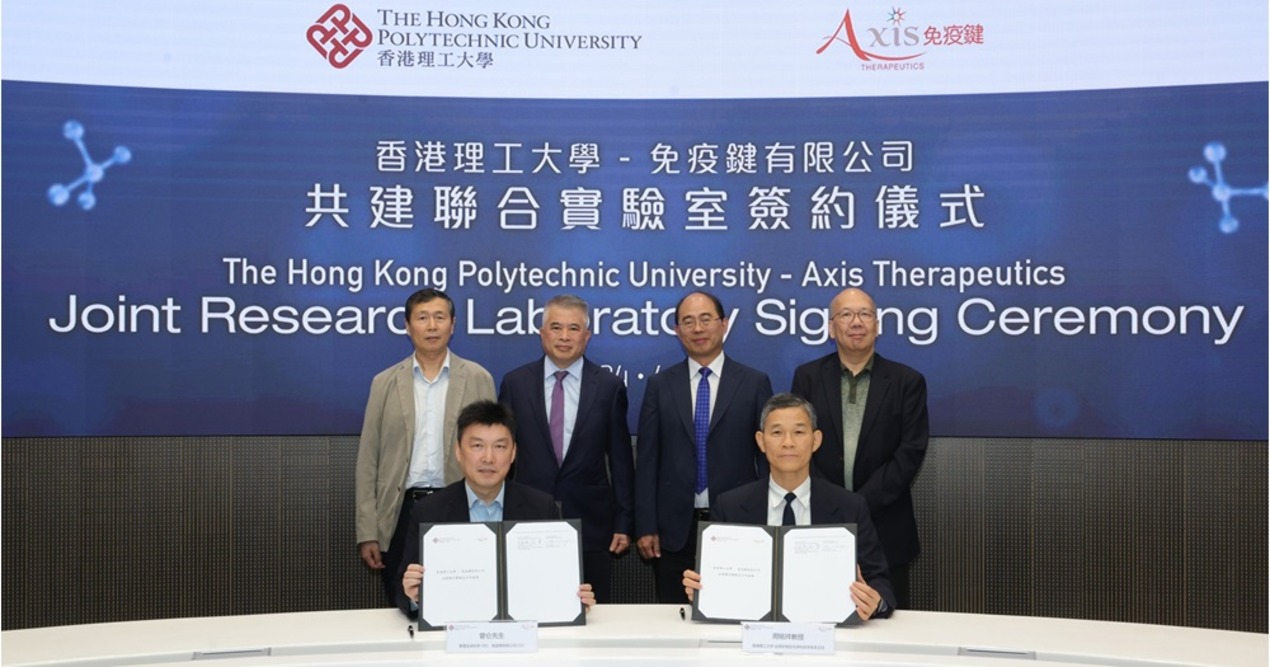
In collaboration with

From 16 December 2020, SingPass users will have two new Two-Factor Authentication (2FA) options when transacting with government digital services.
The introduction of SingPass Face Verification and Multi-User SMS 2FA will provide more convenience and accessibility to government digital services securely. This is in line with the government’s efforts to build a digitally inclusive society by enabling digital access to government digital services for people from all walks of life.
Face Verification
With SingPass Face Verification, users can log in by entering their SingPass ID and password, followed by scanning their face on an Internet-enabled computer with a web camera, or a mobile device with a front-facing camera. Users without such devices can visit selected public locations equipped with this service, and more locations will be added progressively.
This technology is embedded with security measures to protect against fraud. For example, liveness detection technology is used to detect and block the use of a photograph, video, or mask during the verification process.
“We recognise that there are users who might not be as digitally savvy or able to navigate computers or smartphones. SingPass Face Verification as an alternative 2FA will be especially useful as it reduces the need to key in additional information like One-Time Passwords (OTPs). This option also serves our overseas Singaporean community who might not have a locally-registered number and are unable to receive SMS-OTPs,” said Mr Kwok Quek Sin, Senior Director, National Digital Identity.
Multi-User SMS 2FA
The Multi-User SMS 2FA is an extension of the existing SMS-OTP 2FA method. Users – who may require the assistance of others when transacting online – can opt to have their SMS-OTP sent to another SingPass user’s mobile number. For example, an elderly parent can choose to link his account to his child’s mobile number. With this, the child receives his parent’s SMS-OTP when the parent is transacting with SingPass. The child can then assist his parent in providing the 2FA to complete the transaction.
SingPass Face Verification and Multi-User SMS 2FA were launched ahead of the decommissioning of OneKey token in end-March 2021 – which was announced earlier on 31 March 2020. Together with SingPass Mobile and SMS-OTP, there are now four other 2FA options for the current OneKey token users. We are actively facilitating the remaining 120,000 OneKey token users to transit to these alternative 2FA methods, through direct mail, digital clinics and digital ambassadors.
There are currently three 2FA options for SingPass users – SingPass Mobile, SMS-OTP, OneKey token (to be decommissioned by 31 March 2021). These locations currently include IRAS Taxpayer and Business Service Centre, Our Tampines Hub’s Public Service Centre and CPFB’s Bishan Service Centre, and more locations will be rolled out progressively.
















